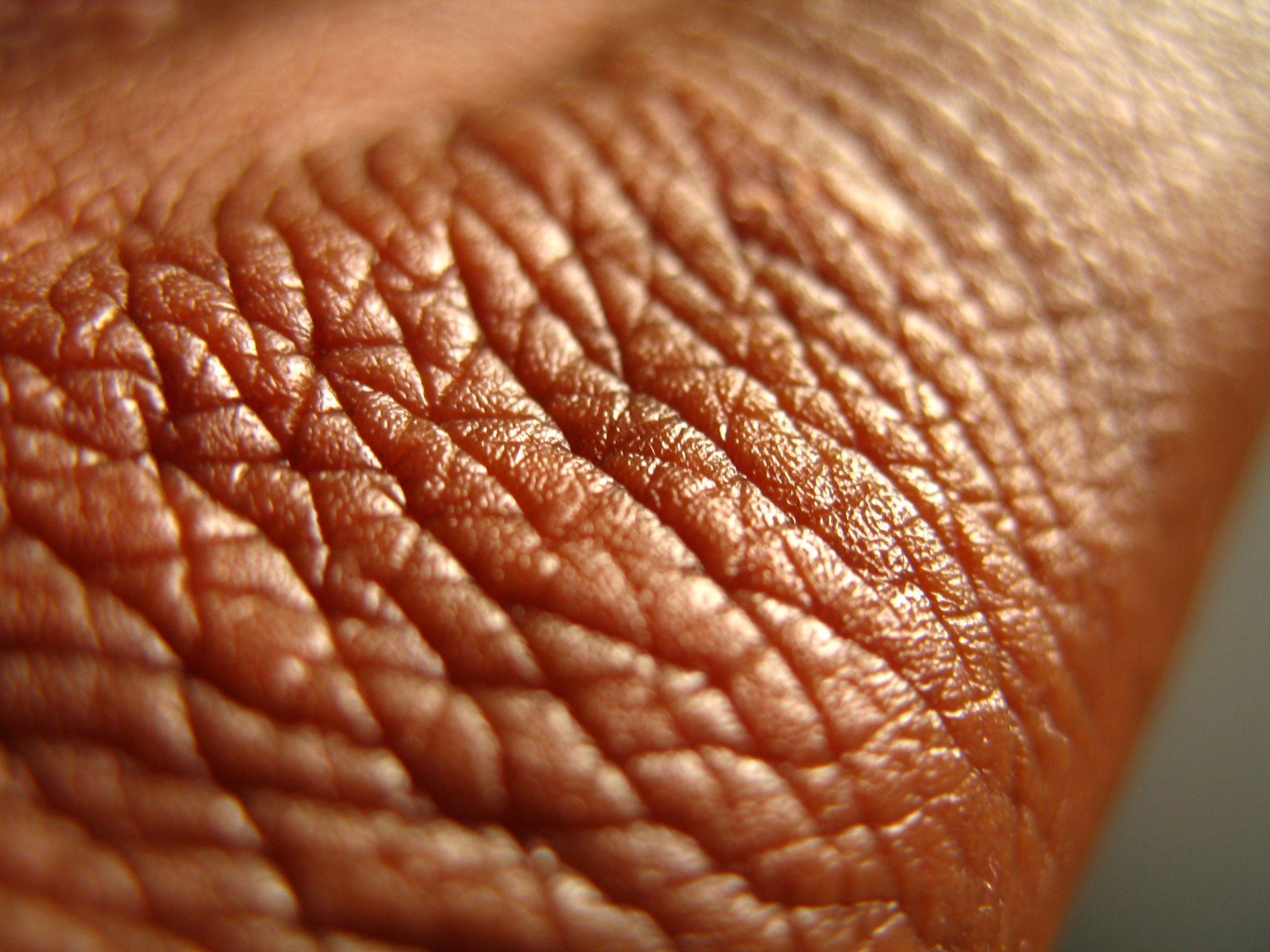Bioprinted oviduct model utilized to develop new contraceptive

Aether and the University of South Australia are developing a bioprinted oviduct model to enable researchers to identify male-specific contraceptive targets that prevent the spermatozoa capacitation process from occurring. Aether (CA, USA) has announced a collaboration with the University of South Australia (SA, Australia) towards 3D bioprinting research in contraception. The aim of the project is to develop an in vitro oviduct model that replicates the spermatozoa capacitation process. This would allow the screening of natural products and novel drugs that target this process in the oviduct and could result in a brand new contraceptive paradigm. Anton Blencowe from the...




